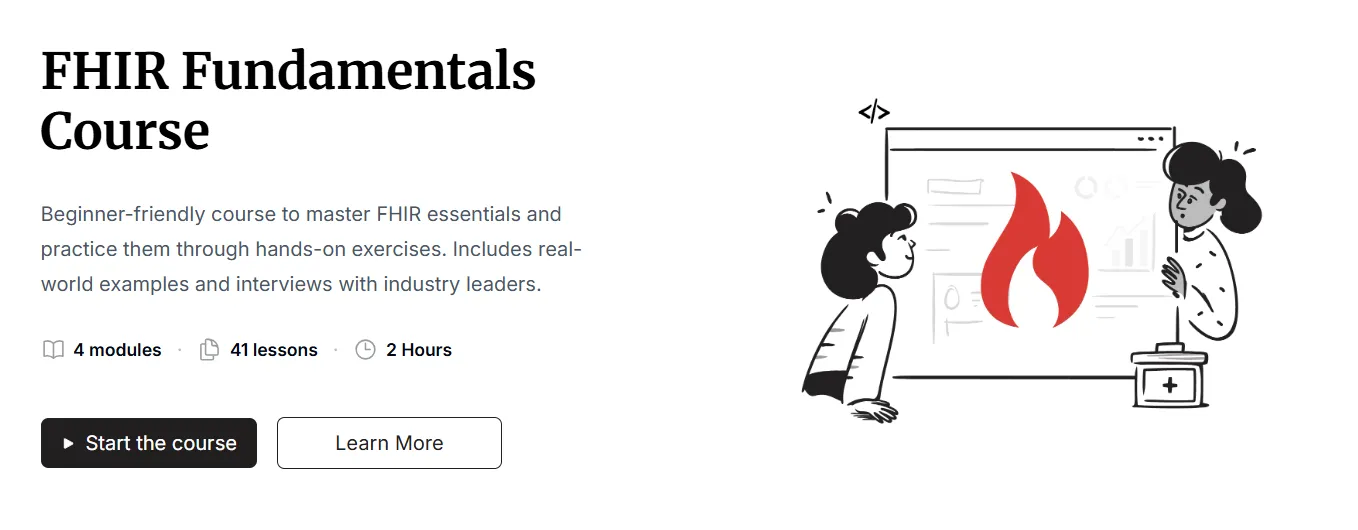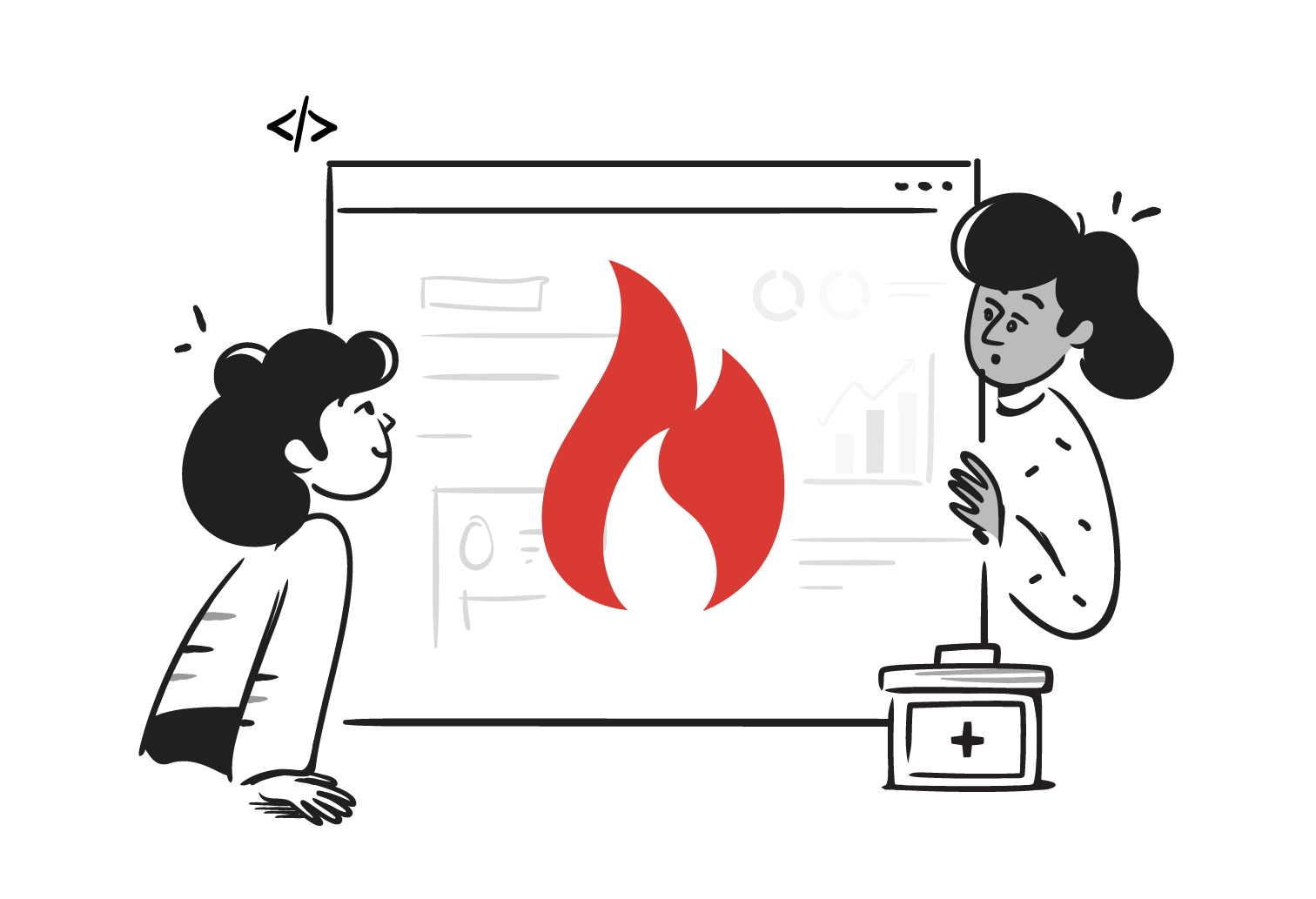In healthcare, getting the right data at the right time can make all the difference. FHIR resources provide a standardized way to structure and exchange that information across systems.
A FHIR resource is a fundamental unit of data used in healthcare systems to represent key elements of patient care. Developed by HL7 (Health Level Seven International), FHIR (Fast Healthcare Interoperability Resources) provides a standardized way to exchange health information. Each resource encapsulates specific data, making it easier to share, retrieve, and use across different healthcare systems.
In simpler terms, a FHIR resource is like an object or entity representing different parts of healthcare. For example:
- Patient: Contains information like name, age, and medical history.
- Practitioner: Represents healthcare providers, such as doctors or nurses.
- Encounter: Tracks a patient’s visit to a healthcare provider.
- Observation: Captures clinical data like blood pressure readings.
- Medication: Describes drugs or medications prescribed to a patient.
Want to dive deeper? Read our blog, What is FHIR? A Beginner’s Guide to get a clear understanding of FHIR resources and how it’s transforming healthcare data exchange.
How FHIR resources work
FHIR resources represent specific entities in healthcare. Each resource contains all the essential details needed to manage and share health information effectively, supporting interoperability from basic data exchange to full integration.
But knowing what a resource is only scratches the surface, the real progress starts when you build one yourself. That’s exactly what we cover in our blog, “How To Create Your First FHIR Resource Like A Pro”.

If you’re interested in learning more, our FREE FHIR Fundamentals Course is a great place to start. It’s perfect for anyone looking to get comfortable with FHIR and how it’s changing healthcare.
Why FHIR resources matter
FHIR resources help healthcare systems interoperate by standardizing data, making it easier to integrate systems and ensure accurate, real-time data sharing. With defined fields and structure, they promote data consistency and scalability across different applications.
FHIR resources also enable innovation by allowing developers to build tools that interact with healthcare data in new ways, ultimately improving patient care. Want to learn more? Check out our blog, “12 FHIR Resources Everyone Should Know”.
Quick recap
FHIR resources are the core units that make healthcare data sharing easier, faster, and more reliable. By standardizing how information is structured and exchanged, they help connect different healthcare systems seamlessly. Understanding FHIR resources is therefore important for working with interoperable healthcare data.

